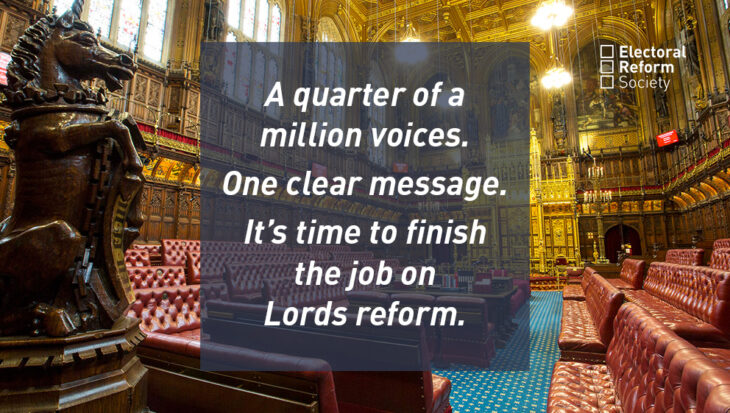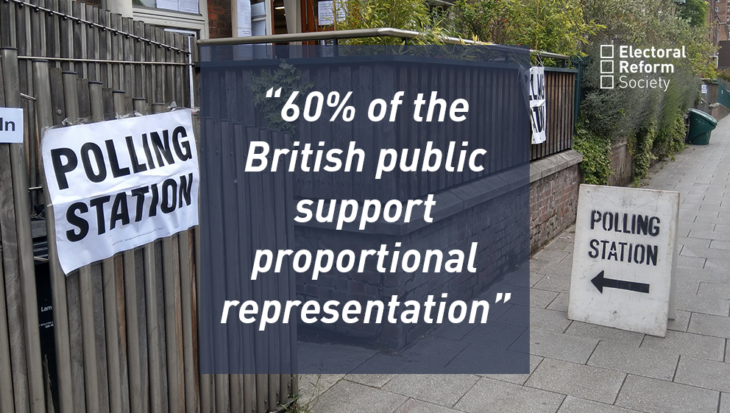When discussing proportional voting systems, or voting systems in general, we usually talk about how they allocate seats to political parties. But parliaments are more than parties and it also matters how they decide which individuals are elected and get to become MPs. This is a particularly crucial question with Party List PR systems where there is a clear divide between open and closed systems.
In a List PR election, voters vote for a particular party and its attached list of candidates – usually ordered according to the party’s preferred order of election.
Closed list proportional representation
Under closed list systems, candidates are elected according to their pre-stated position on this list – if a party wins six seats, the first six candidates on that list take the seats. A vote for a particular party is read as an endorsement of their list.
Open list proportional representation
Open list systems, on the other hand, allow voters to cast votes for individual candidates on one party’s list. The exact rules of open lists vary from system to system, but they can usually be classified as either fully- or semi-open. Under fully-open list systems, control over who is elected is entirely in the hands of the voters – the candidates with the most individual votes are elected. But under semi-open systems, candidates are only elected if they cross a set threshold to overrule the party’s ordering. Any remaining seats are awarded as per a closed list election.
Panachage systems
‘Panachage’ systems are also sometimes included alongside open list systems but are really sort of distinct from other Party List PR systems in that voters are given multiple votes for candidates which they can use across party lines.
Party list systems in Europe
Closed lists can be found in a few southern European countries, such as Spain and Portugal, and were previously used to elect British MEPs between 1999 and 2019. But closed lists are more normally found in Party List systems outside of Europe and as part of mixed-member systems, such as those used in Germany, Scotland and Wales. And, despite closed lists being a regular source of criticism of First Past the Post supporters, FPTP itself is effectively a closed list of one – with voters having to accept the candidate the party they support puts forward.


